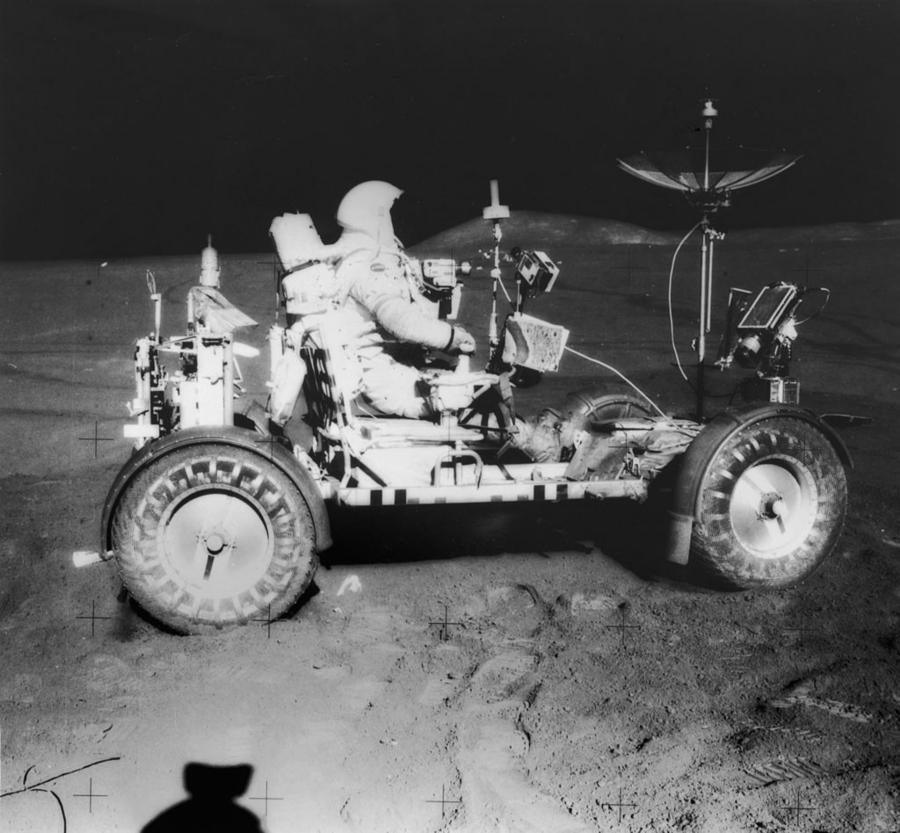When you think of the most expensive car in the world, what comes to mind?
Maybe it’s the Bugatti La Voiture Noire, which sold for a jaw-dropping $18.7 million. Or perhaps it’s the Pagani Zonda HP Barchetta, with a sticker price of $17.5 million. Ferrari fans might point to the 1963 Ferrari 250 GTO, one of which sold at a private auction in 2018 for over $70 million, making it the most expensive car ever sold.
Lamborghini lovers might think of the Veneno Roadster at $8.3 million, or the Sian FKP 37, which blends hybrid power with outrageous styling. And then, of course, there’s Floyd Mayweather’s Koenigsegg CCXR Trevita, a diamond-coated hypercar that set him back $4.8 million.
These are machines built to turn heads, make noise, and dominate both racetracks and Instagram feeds.
But none of them — none — come close to the most expensive car ever built.
A car that wasn’t designed for speed or style, but for surviving in an environment with no air, no roads, and no margin for error.
The most expensive car in history is one you can’t buy, can’t drive, and can’t even see — unless you’re an astronaut.
NASA/Central Press/Getty Images
Meet the Moon’s Hottest Ride
Developed by NASA for the final three Apollo missions (15, 16, and 17), the Lunar Roving Vehicle (LRV) was a four-wheel-drive, electric off-roader purpose-built for one thing: exploring the Moon. Just four were ever made, and only three made the trip into space. The fourth was kept for spare parts.
Top speed? A modest 8 mph, though astronaut Eugene Cernan managed to hit 11 mph, setting the unofficial lunar land speed record. That may sound slow, but try hitting a bump with one-sixth of Earth’s gravity and no atmosphere. It’s a miracle this thing didn’t flip.
Function Over Flash
Unlike Earth’s luxury hypercars, the LRV was all about utility. It didn’t have a steering wheel — just a joystick-style hand controller. Each of its four wheels had its own electric motor, powered by two non-rechargeable 36-volt batteries. It could travel up to 56 miles, more than enough for the lunar missions.
The whole vehicle weighed just 460 pounds (without astronauts), thanks to an ultra-light design co-developed with Boeing. It could carry more than twice its own weight and came loaded with advanced tech for the time, including:
- Front and rear cameras
- Satellite communications
- A navigation gyroscope
- A remote-controlled TV camera operated by Mission Control in Houston
All that, and it still had room for two astronauts in spacesuits.
The Price Tag? Astronomical.
The Lunar Roving Vehicle took 17 months to design and develop, at a cost of $38 million in 1971–72 dollars. Adjusted for inflation, that’s around $281 million in 2025.
Yes — nearly $300 million for what amounts to a battery-powered dune buggy. But it worked. The LRV allowed astronauts to explore terrain they never could’ve reached on foot, dramatically expanding the scope of lunar science.
So… Where Are They Now?
The three LRVs that made it to the Moon? They’re still there. NASA didn’t have a return policy. So those billion-dollar buggies are sitting in the lunar dust, silent and untouched since the early ’70s.
So, the next time someone tries to flex with their million-dollar Bugatti or McLaren, ask them if their ride can survive the Moon’s 500-degree temperature swings and drive through craters with no roads or air.
Because the most expensive car ever made isn’t parked in a billionaire’s garage. It’s parked on the Moon.
Content shared from www.celebritynetworth.com.

